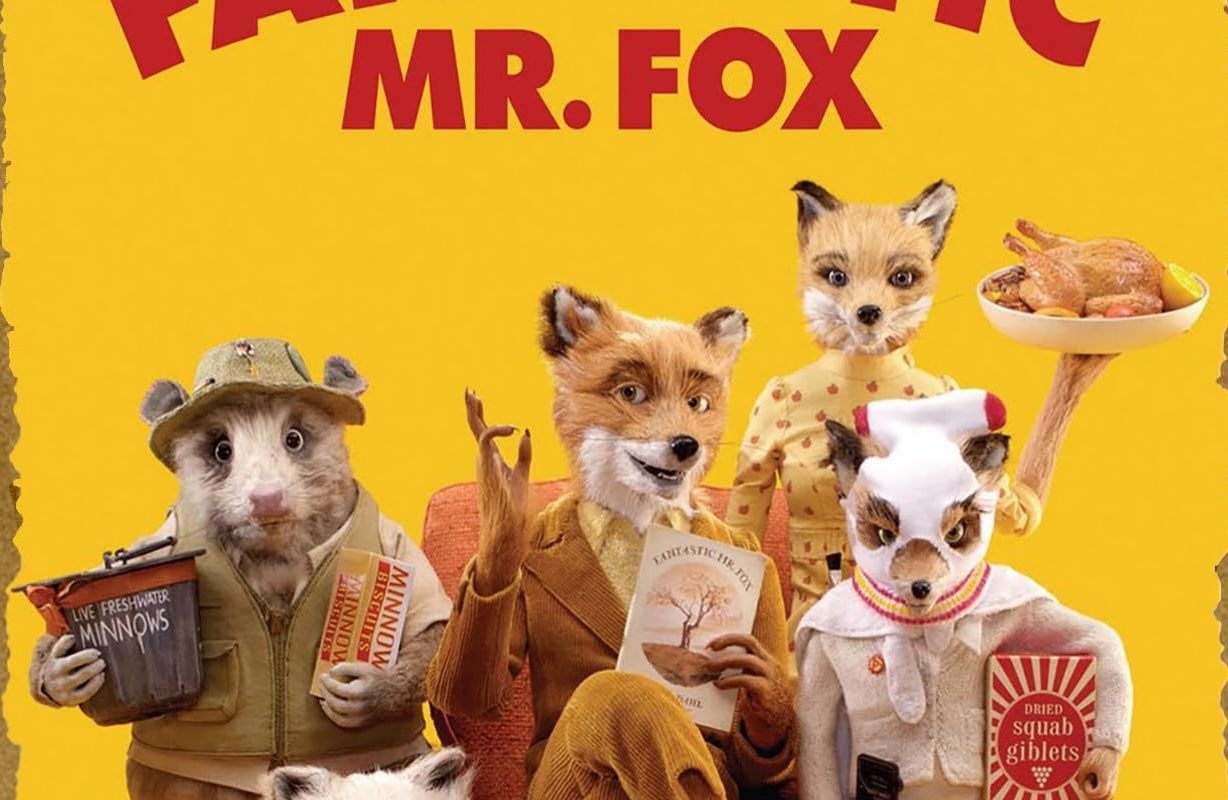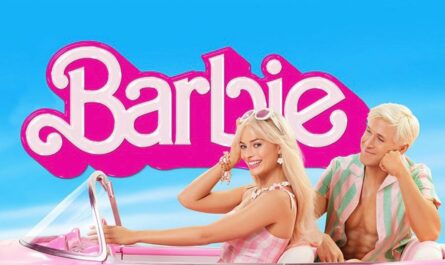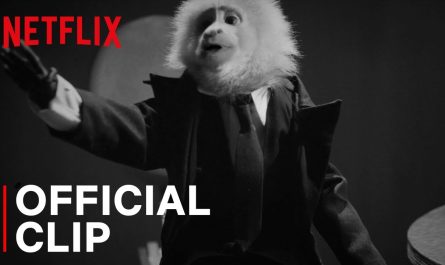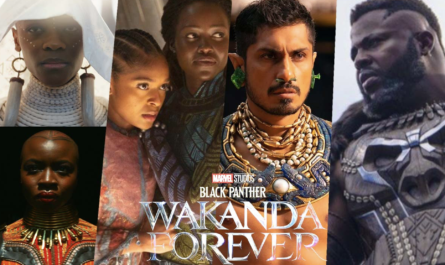Fantastic Mr. Fox is a stop-motion animated film directed by Wes Anderson, based on the book by Roald Dahl. It follows the story of Mr. Fox, a clever and charming wild animal who has settled into a quiet domestic life with his wife, Felicity, and their son, Ash. Despite having promised to give up stealing, Mr. Fox goes back to his old habits when he plans and carries out a series of raids on the farms of three wealthy and vicious farmers: Boggis, Bunce, and Bean.
Mr. Fox’s actions trigger a war with the farmers, who retaliate with increasing aggression, determined to capture or kill him. They destroy Mr. Fox’s family tree and follow them underground, forcing him, his family, and their animal neighbors to go into hiding. Mr. Fox must manage his ego and his responsibilities while also protecting the group and fighting back against the oppressive farmers.
The story ends when Mr. Fox leads a coordinated underground attack to steal food and supplies from the farmers’ stores. He also rescues his nephew, Kristofferson, who had been captured. In the end, Mr. Fox reconciles with his family, and the animals adapt to their new underground life. They celebrate together, dancing in the store’s aisles, accepting their wild nature while finding joy and community in their new circumstances.
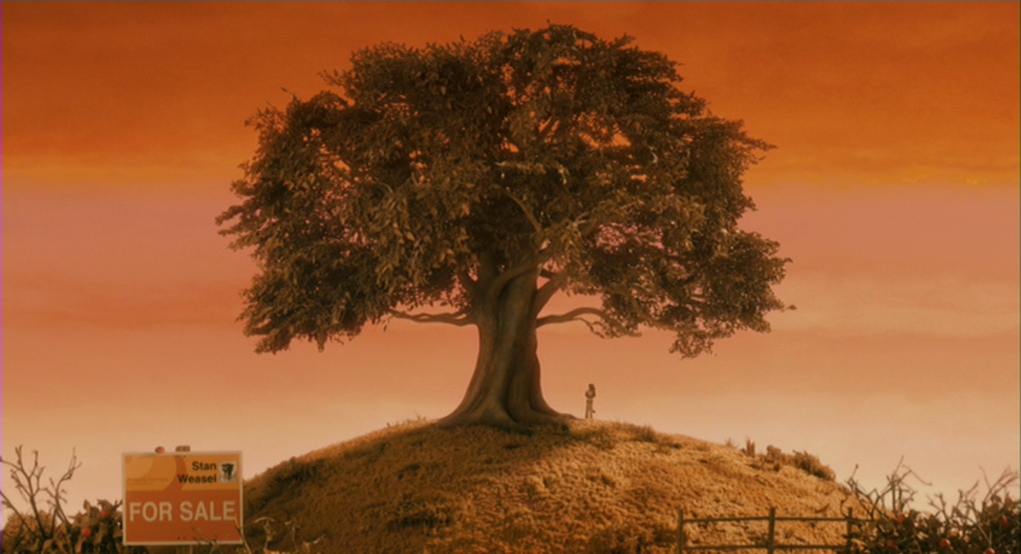
The Film is Memorable
“Fantastic Mr. Fox” is a dynamic and fast-paced movie. Mr. Fox expresses his inner monologue, which allows viewers to observe his train of thought and understand his motivations. This is also a common element in Wes Anderson’s storytelling. The rhythm keeps it fun, and it doesn’t separate entertainment from art or politics. What I like most about the movie is how it explores different personality types with complex convictions and dilemmas; they are smart and quirky, but sharp in their ideologies. Both Mr. Fox and Felicity enjoy their “white picket fence” lifestyle while defending what they think is right. If need be, they become rebellious, and they fight against the system that oppresses them and their loved ones, while leading and persuading their neighbors to join the fight.
The politics within “Fantastic Mr. Fox” are very straightforward. The three farmers represent an industry that displaces and hunts the animals – hence, citizens. The animals are marginalized as their resources and their land are stolen. On the outside, it seems like this would be a natural order of things because the farmers seem like humans as “natural predators”, but in detail, the farmers are oppressing these personified animals as direct criticism of capitalism and how that system operates. The farmers are maxing out their profits at the cost of the animal community.
Both the book and the movie explore themes of social inequality, class conflict, and the clash between individual freedom and societal norms. “Fantastic Mr. Fox” was published around the time when labor unions were at their peak power in the United States and the United Kingdom. Workers used to see their wages grow as their productivity increased, compared to today’s opposite reality in which productivity skyrockets but wages stay the same. The book was also published in 1970 during the Golden Age of Capitalism, a post-World War II economic boom. This allowed many people to access the American Dream and have a sense of domesticity, stability, and a happy family life in the suburbs.
The film starts with Mr. Fox giving up robbing to center on his family life. This leads to a lifestyle of purchasing and consuming material things, which could be an image of the temptations of capitalism. In a way, he domesticated his feral instincts to adapt to capitalism, sort of a critique on how capitalism changes people, making them give up a part of themselves.
The movie shows the wealth division between the farmers and the animal community. The animals are forced to live in fear even before the farmers start chasing Mr. Fox, and then push all the animals into hiding and scarcity. Even running away from them, the animals depend on the farmers. Themes explore the resistance from both the farmers and the animals. In a world as polarized and divided as today, that speech resonates. There is resistance from the working class as they fight for their rights, whereas the ultra-rich are resisting and fighting back for their privileges. It’s art imitating life.
Mr. Fox is defiant against the farmers and Felicity; he rebels against established societal norms. He is a good leader, and he was able to unite all the animals against the farmers, which proves the power of a union against oppression. This specifically resonates because I deeply believe that if people united more and all the different communities supported each other, the political class and the ultra-rich wouldn’t get away with as much injustice as they do.
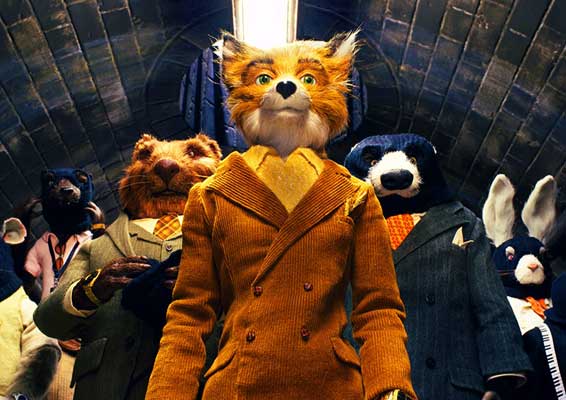
Ego and Identity:
Although I love Mr. Fox’s wit and rebellious nature, most of his actions are driven by his ego. He is confused between his desires, his family, and his community’s needs. Initially, he puts his community at a greater risk than usual by stealing from the farmers, as he returns to stealing for the adrenaline rush. In the end, he gets involved in building a community and working together to overcome the farmer’s threat. However, his community would’ve likely never had to run away from their homes, hide underground, and steal from the supermarkets if it hadn’t been for Mr. Fox’s selfish actions.
The film is very philosophical in the way it approaches the dilemma of the self’s ambitions and the greater good. Can we sacrifice our selfish desires for the betterment of our loved ones? Mr. Fox struggles with his identity and his place in the world; he questions his life’s purpose and meaning. For example, one morning as he was in his kitchen telling Felicity –“Who am I? Why a fox? Why not a horse, or a beetle, or a bald eagle?”. He also questions his life’s choices and if he took the right decision, he struggles as he reaches a mid-life crisis. He is seven “non-fox” years old. This is equivalent to 41 in human years. He also mentions that his father died at seven and a half “non-fox” years old, which is 45 in human years. The idea of getting closer to death makes him wonder if he truly took advantage of his life by settling down, building a family, and becoming a poor journalist, or if he would’ve been happier had he lived his solitary, free, and nomadic lifestyle, stealing from farmers.
Like many people in their midlife crisis, Mr. Fox has personality issues. He is a great leader, and just like great leaders, he is ambitious and self-centered, believing he is the only one with the right answers. Although the farms near them already threatened the animal community, and their neighborhood was already dangerous, as mentioned by Mr. Fox’s lawyer. Mr. Fox left the animal community fully vulnerable. He already exposed his family to danger once, but after he starts stealing and taking Kristofferson with him, he leaves them completely naked and defenseless against the farmers. Did he create a better future for the animals? He came up with a great solution to the animal’s issue, but it was an issue he started or worsened. The film focuses on its critique of capitalism and abuse from those in power, but it also centers on how individuals can harm their peers’ position, even exposing them to oppression even more.
After all the animals get together, it creates the perfect image of another dilemma we often face: we either fight or run away from our oppressors. It’s a reminder that if people stay together and fight together, they are powerful. Much more powerful than those at the top.
Embracing Your True Self
As Mr. Fox struggles to find himself in his mid-life crisis, the movie explores how true fulfillment comes from accepting oneself, even though we are different from those around us. In other words, Mr. Fox kept telling himself he was doing things that foxes aren’t supposed to do; he insisted that foxes should be free and give in to their feral instincts, yet he settled down and built a family. Eventually, after risking losing his family, he realized he had made the right decision. Building a family and prioritizing the love for his family was far more meaningful than following external expectations– in his society, being a wild fox.
Ash is another character who explores finding his true self and embracing it. He is initially jealous of his cousin Kristofferson because he represents what Mr. Fox respects in a son. At the beginning of the movie, Ash and Mr. Fox don’t get along very well because they don’t understand each other. Mr. Fox wants an athletic son and projects his frustrated dreams and pressure on Ash, whereas Ash is more laid-back and analytical. This character showcases the struggles of trying to live up to the expectations of others, especially his father’s expectations. In the end, Mr. Fox outgrows his midlife crisis, as if the movie were a journey portraying how we often struggle with embracing who we are and what we’ve become. We see how he navigates this feeling, self-sabotages even more, and then confronts himself, overcoming his struggle. This growth also led him to improve his relationship with his family, especially making amends to his son. He stopped projecting his frustration on Ash and finally felt proud of who he is. Ash also stepped out of his comfort zone and became more resourceful and trusting in his skills; he also stopped comparing himself to Kristofferson.
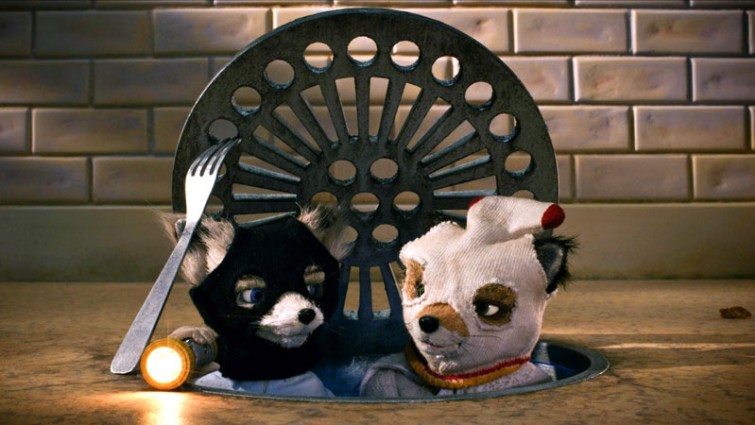
The Wolf Scene: They encounter a wolf in the middle of the forest as they drive through the road, and Mr. Fox introduces himself in English, and then in Latin, saying his scientific name. The scientific name is a reminder that they’re not too different from one another, but at the same time, they are.
– “Canis lupus? Vulpes Vulpes”.
Then he asks in French –”Pensez-vous que l’hiver sera rude?”– which translates to “Do you think we’re in for a hard winter?” which, in turn, represents the force of nature. Winter, in this sense, represents Mr. Fox’s inner winter, a metaphor for the confusion that comes with aging and ending a “wild” life.
The wolf represents what Mr. Fox could have been, and how he could’ve kept his path of liberty and no responsibility. Mr. Fox contemplates the desire between having a domesticated life or a free feral life; he tears up and lifts his fist in support of freedom, the wolf raises his paw back. Freedom in this scene is an important element as it’s different faces are portrayed through the wolf’s lone walk: Mr. Fox’s decision to have settled and give up his wildlife, and the animal community fighting back for their right to live a peaceful and dignified life. It is the eternal dilemma between opting to be civilized or egotistical and cynical, the struggle before finding moderation. The wolf resembles everything Mr. Fox secretly desires, and director Wes Anderson has said that scene is the reason why he made the movie.
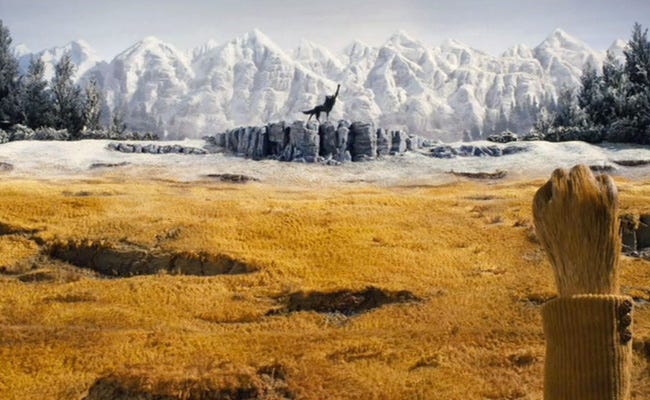
Stop motion
Fantastic Mr. Fox was recorded in stop-motion, made with mini figurines, which is fascinating. Not only do they look very cute, but realistic. It requires many types of craftsmanship, dedication, and extremely detailed art. I believe choosing to create a stop-motion animation is pure devotion. I admire that and find it inspiring. That’s also why I love any animated film, especially if it’s stop-motion, because it shows attention to detail and you can feel how the artist’s love for the craft and art transcends him or herself. Being able to appreciate that type of art gives a greater meaning to what that piece of art is all about.
“Fantastic Mr. Fox” was filmed at 12 frames per second. The exact number of individual frames isn’t specified, but approximately 600,000 still frames. Of course, the voice acting complements it beautifully. George Clooney and Meryl Streep’s voices are great, and the intention is very nuanced; you can hear the emotional arc in the way they tone the characters’ voices.
These personified animals remind us that while we are extremely different from animals, we are also very similar. We like to pretend that we are civilized, perfectly moral, and rational beings, but instead, we carry certain animalistic behaviors within ourselves. Many of us would like to follow a life similar to the wolf’s; we’d love to be free of responsibility and go feral. We forget we are animals with competitive behaviors and are territorial. We want to idealize the perfect or, at the least, the more adept world for the greater good, but we forget that violence and selfishness are also within our nature.
I’m not arguing we should stop focusing on improving our circumstances, but I believe there will always be a certain level of conditioning setting humans and society back. If we aim to overcome our struggles, we need to work on our animalistic tendencies in the same way that Mr. Fox struggles between his rational and composed self and his debauched feral self. We must not govern ourselves assuming we are perfectly and naturally wise creatures just because we have a conscience about our existence. “Fantastic Mr. Fox” criticizes societal structures, but it also showcases inner difficulties and how we can either worsen our circumstances or improve them. The film shows how our identity crisis can lead us to self-sabotage.


